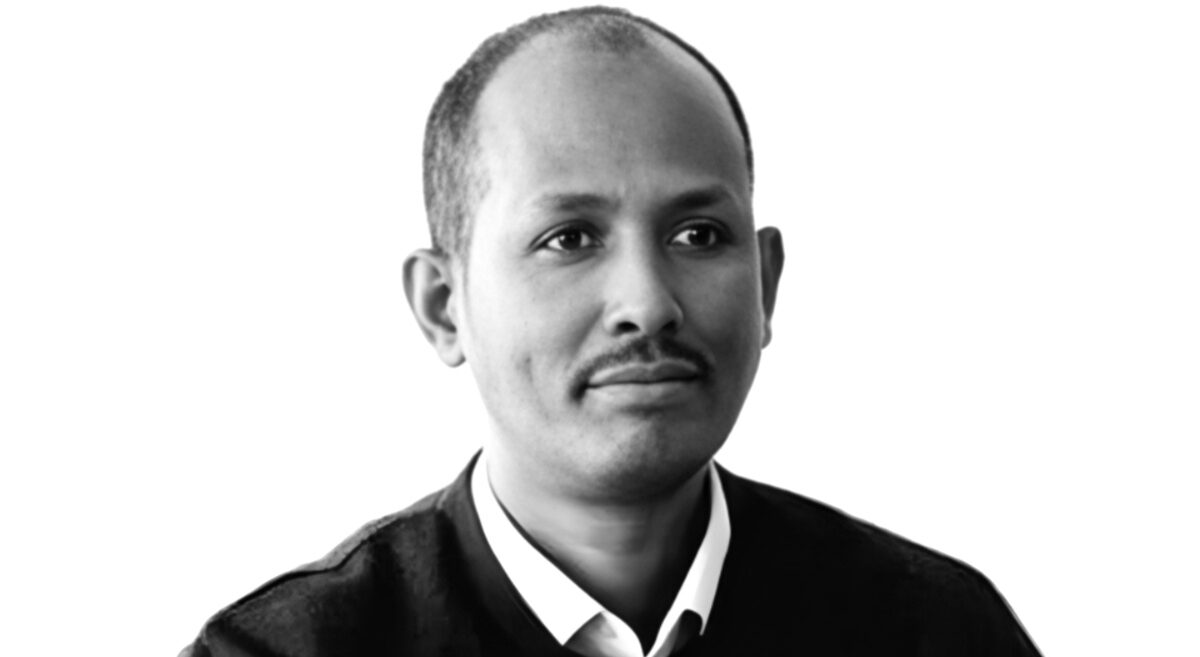News: Ministry says HIV spread reduced nationally as MDs in Tigray report high prevalence

By Mihret G/kristos @MercyG_kirstos
Addis Abeba: – Lia Tadesse (PhD), Minister of Health, said the spread of HIV in Ethiopia has seen reduction over the past years with a prevalence rate standing at 0.93% for 2021.
The minister said currently 617,921 people are estimated to live with HIV in Ethiopia, 62% of whom are women. At least 35,000 new cases have been recorded in 2021 in the country, she added.
In her press briefing on Wednesday 30 November in connection to 34th nationwide commemoration of World HIV AIDS day, the minister said that even though the prevalence of HIV shows some reduction, there is still a lack of proper attention at all levels.
Commitments to control and prevent HIV has been decreasing due to misinformation, she said, adding that the government is now working to create awareness on its prevalence so that public participation on controlling the virus will be properly resumed.
Medical Doctors in the war-torn Tigray regional state, however, expressed their fears over the HIV high prevalence rate in the region due to little preservation, drug supply interruption, medications and treatment cessation since the outbreak of the war in Tigray.
Speaking to Addis Standard, a medical expert at Ayder referral hospital, in Mekelle, expressed his concerns that the interruption of antiretroviral drugs and HIV prophylaxis drugs for patients might have resulted in mounting the prevalence in the region.
The rise of commercial sex workers due to economic crisis, the unavailability of HIV preventive tools like condoms, and post-exposure prophylaxis (PEP) coupled with the absence of test kits escalated the risks for its prevalence the expert added.
“The risk factors for the virus have widened rapidly. Access to preventive tools would have saved many lives during this critical time” he said.
In an article published in March this year, Dr Hailay Abrha Gesesew and Dr Fisaha Tesfay, wrote: “before the war, Tigray had 147 health facilities providing HIV care services, where 13 health facilities provided an oral HIV self-testing services. Each health facility had one to five peer educators to promote ART adherence. There were more than 43,000 HIV patients and 2,363 pregnant mothers taking ART prophylaxis, with 867 HIV exposed infants in Tigray before the start of the war. These patients are at risk of AIDS related deaths because of the frequent interruption, and later, stoppage of antiretroviral therapy for more than ten months. This was due to the complete collapse of the HIV care system.”
As the World marks the 35th World HIV day, António Guterres, Secretary-General of the United Nation, tweeted that the world is “off track” the promise to end AIDS by 2030. He said 1.5 million people have acquired HIV last year alone. AS







